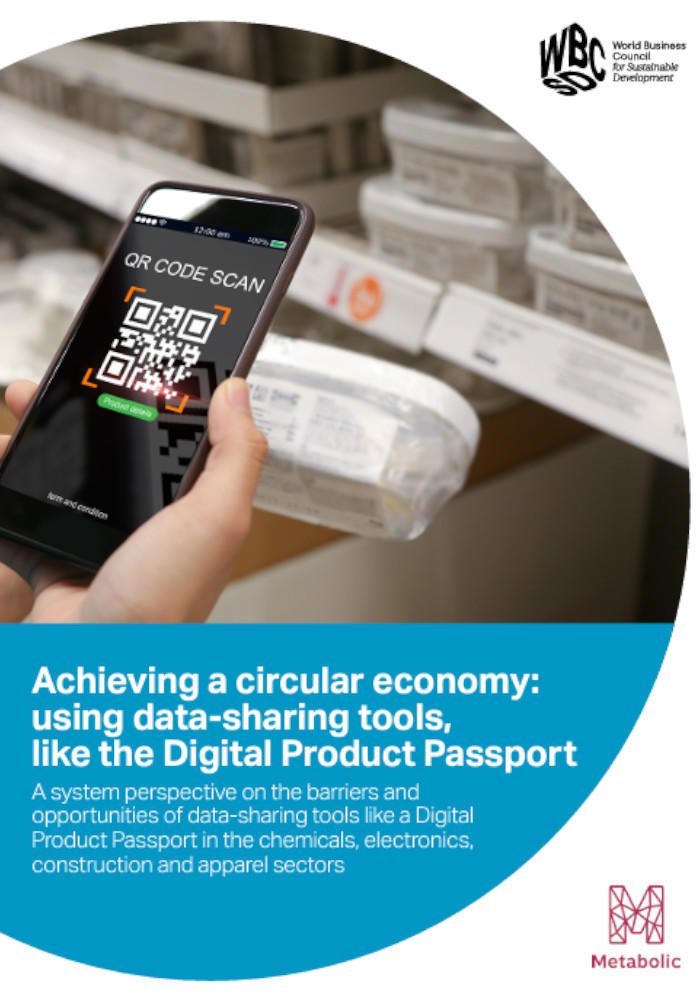
The world’s material circularity currently stands at 7.2% - having decreased from the 8.6% material circularity recorded for 2020 and the 9.1% for 2018. This downward trend must be reversed if we are to support 9+ billion people living well within the boundaries of our by the mid-century. And the flow of product and material data can play a pivotal huge role in making this possible.
Data has the potential to support actors across the value chain in making informed decisions, optimizing processes, and identifying opportunities for circularity. In light of the developing Ecodesign for Sustainable Products Regulation, data-sharing tools like the Digital Product Passport can facilitate the sharing of such information, enabling various circular strategies and service business models.
This research provides a practical example of the data flows that may exist and be utilized to enable a circular economy across four sectors: the chemical, electronics, construction, and textile (apparel) sectors. Through the mapping of purpose-driven data-flows, companies can better prepare for a regulation that seeks to drive circularity and retain material value, while bring about synergies and intricacies between them.

